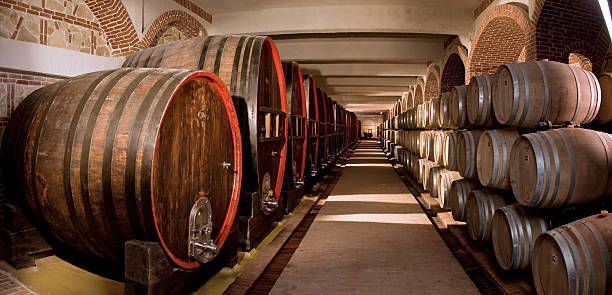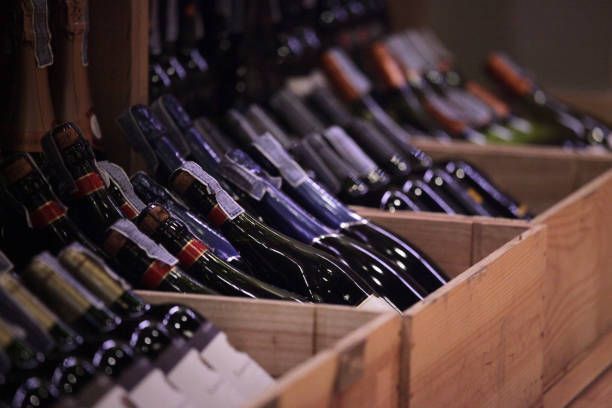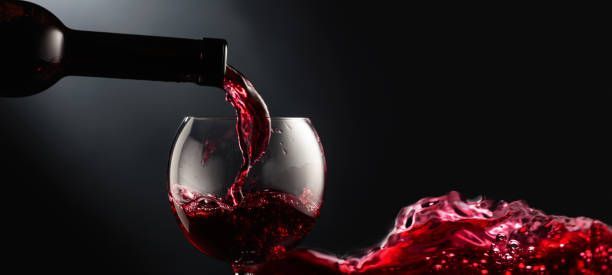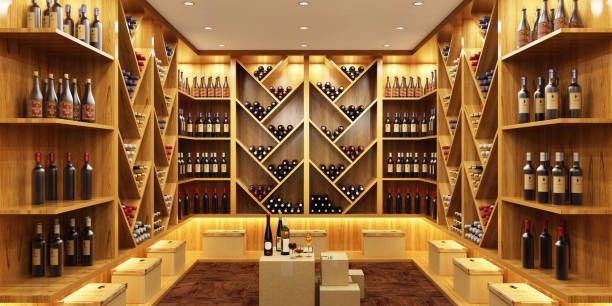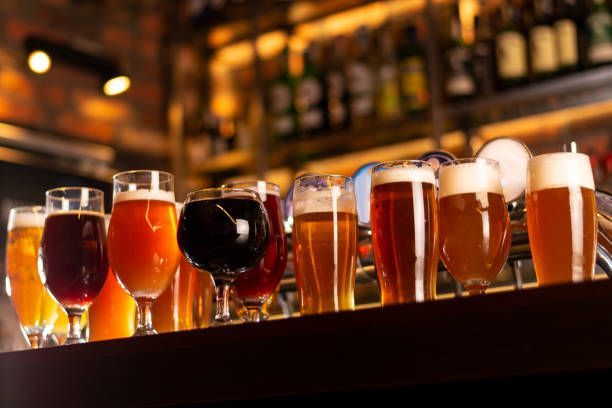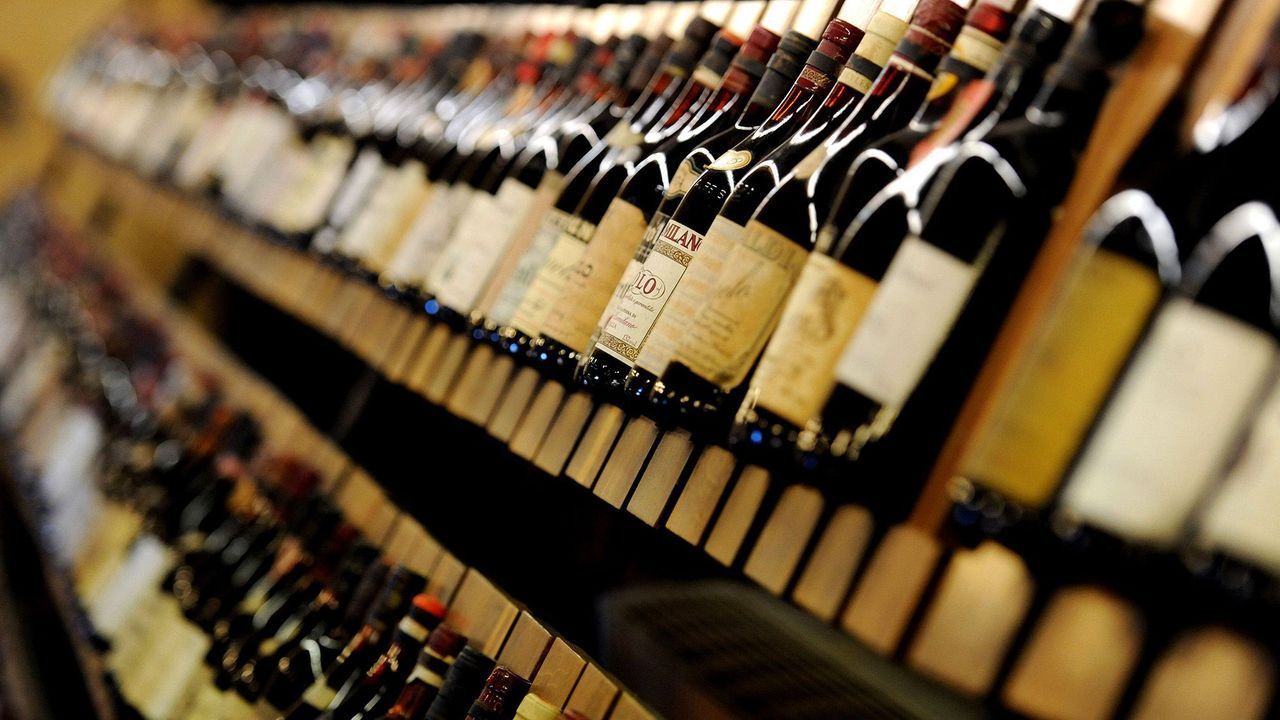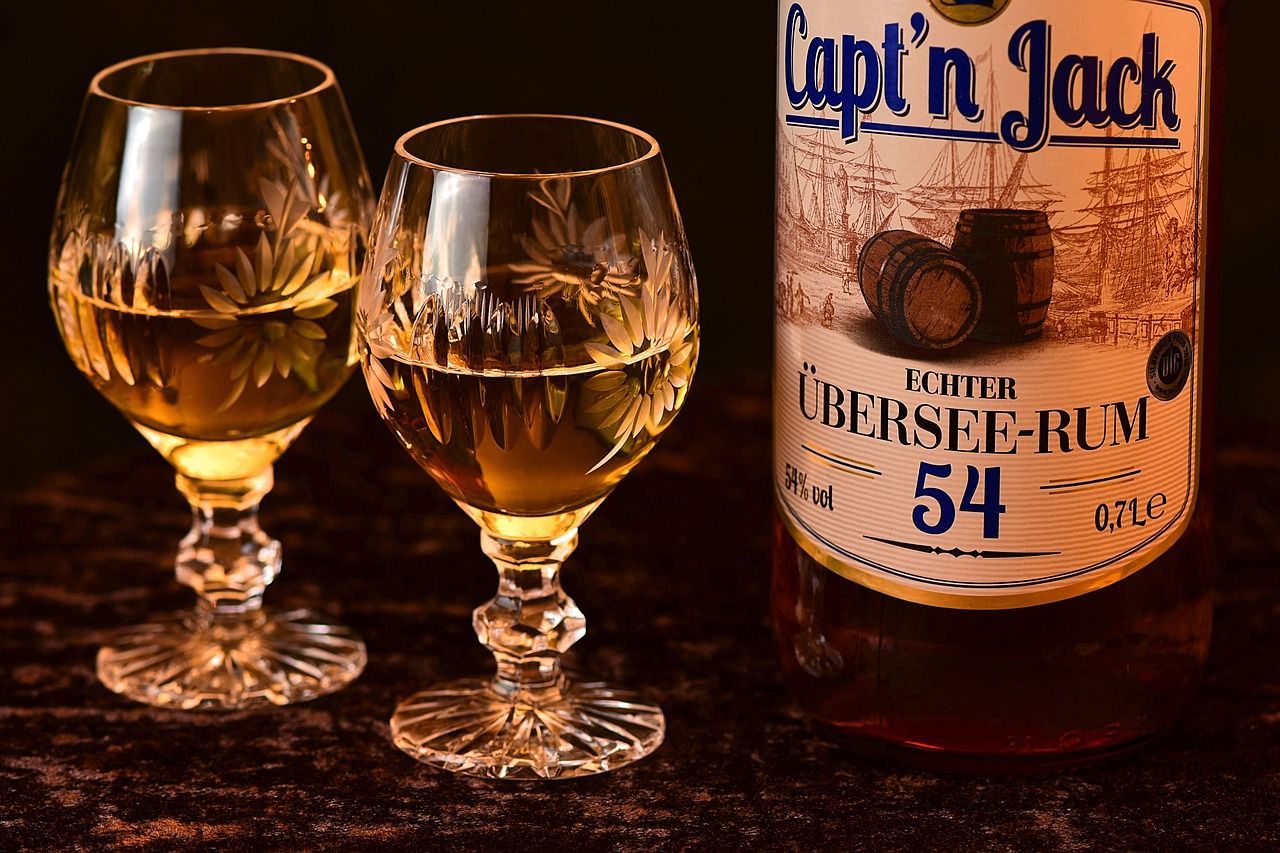How To Build Charcuterie Boards
You've probably been seeing charcuterie boards on Instagram; they look delicious but may also appear intimidating. For an extended period, that was how I felt. I want to explain precisely how you'll need to get started on your excellent charcuterie board! The ideal meal for any occasion!
Charcuterie boards are more used in dinner parties, social gatherings and dinners as a light meal or snack option. These boards consist of various types of meat, cheeses, fruits, nuts, crackers, and other side dishes arranged on a board or platter.
Charcuterie originated when people discovered meat could be preserved by salt-curing, smoking, or drying. Charcuterie developed into a gastronomic practice that stressed preserving and preparing sausages and meats over time. Charcuterie boards have also become an item of significance today and are considered a creative means of presenting a variety of textures and flavors in one place.
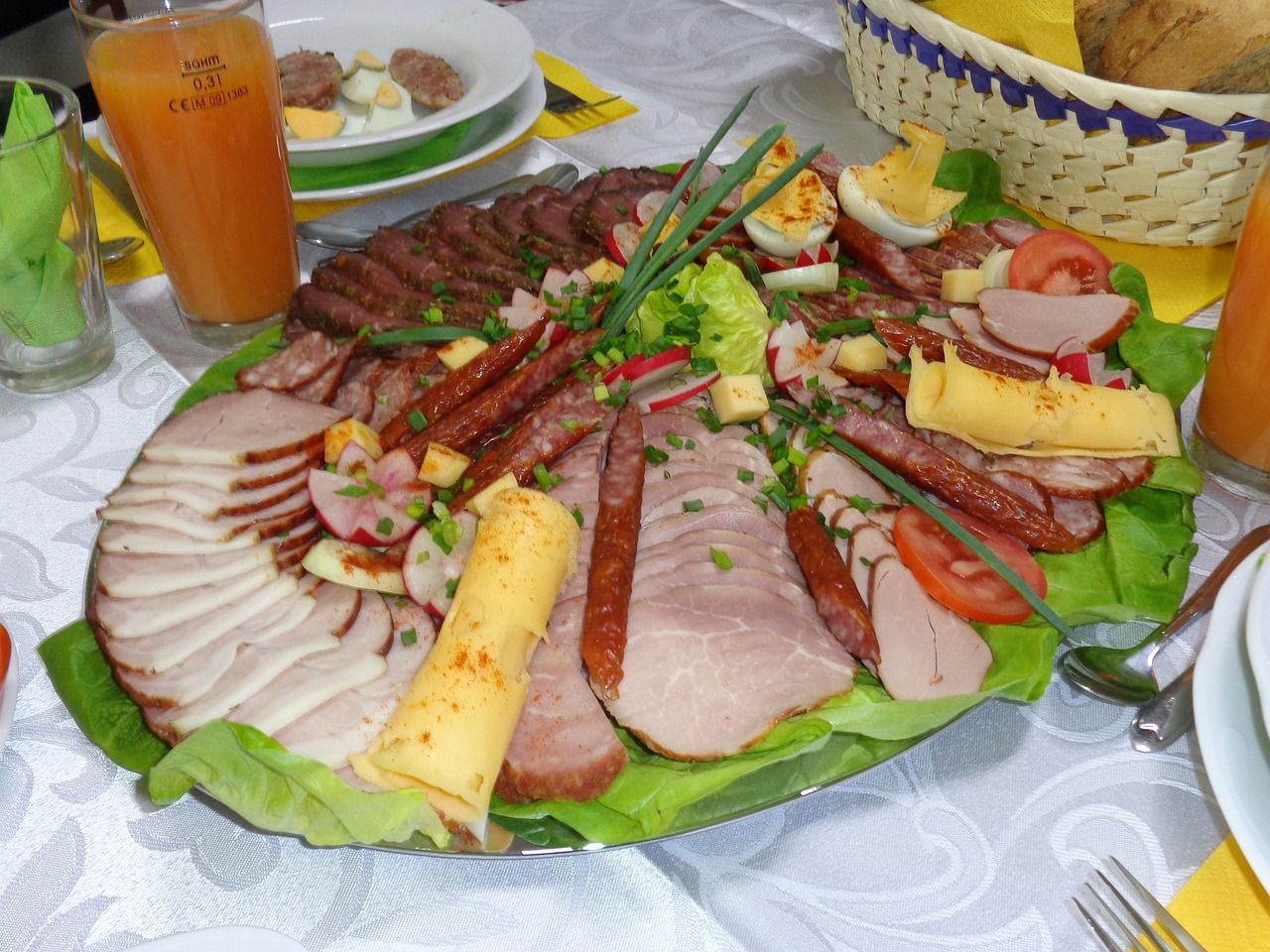
What Is A Charcuterie
The art of assembling and preparing salted meats and other meat products is called charcuterie. However, many individuals use the word charcuterie to describe an array of meats served with various side dishes such as toast, fruit, cheese, and sauces. Suppose you are thinking about including charcuterie in your recipe. In that case, you should know a few things first, from recognising some of the important kinds of charcuterie to making a truly impressive finished board.
4 Different Types of a Charcuterie Board
Wooden Boards
Wooden boards have been the most common form of a charcuterie board. This type of board is affordable, durable, and versatile. They are accessible in various sizes, shapes, and wood species, including teak, bamboo, and acacia. Wooden boards are extremely good at retaining moisture, which makes them perfect for serving cheeses and fresh meats. They are also simple to maintain, clean and suitable for indoor and outdoor occasions.
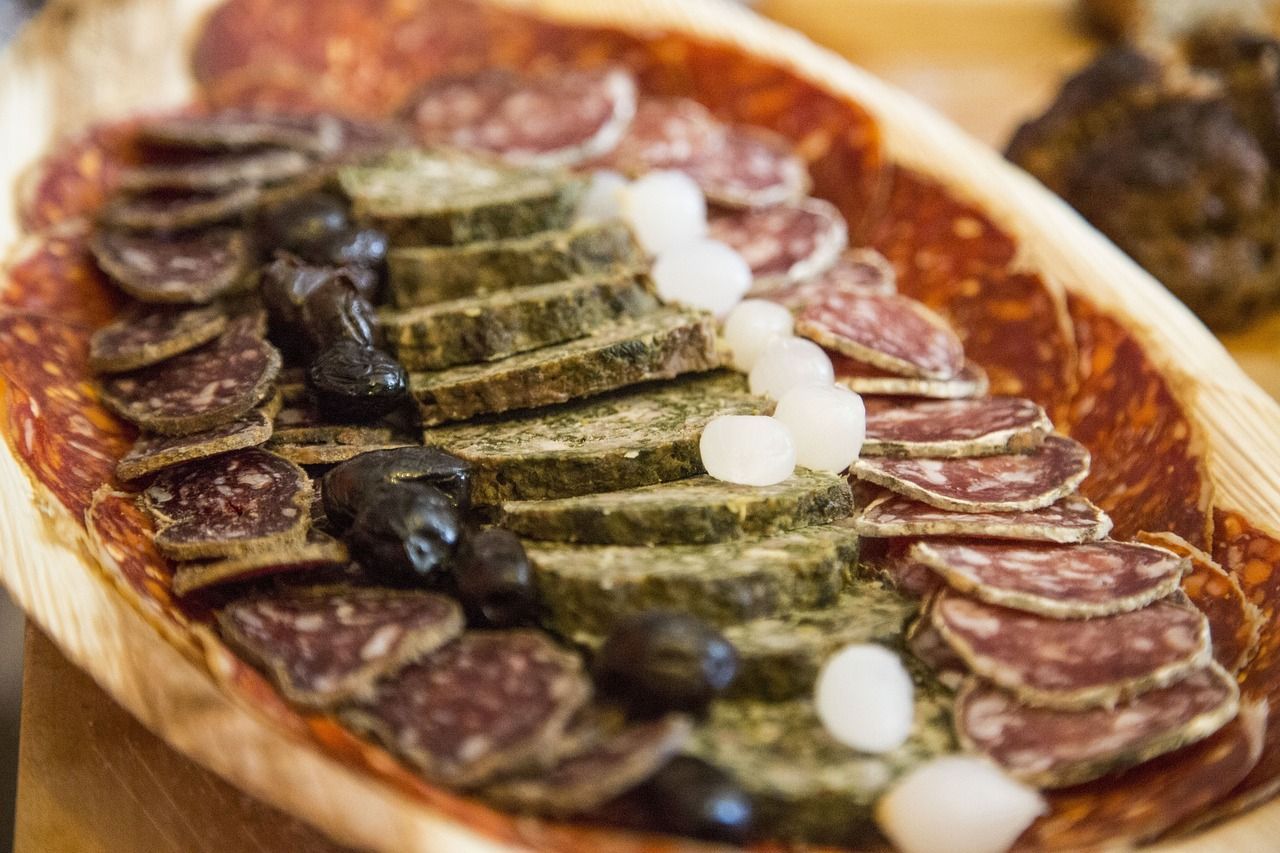
Slate Boards
slate boards are used as a modern and elegant option for a charcuterie board. They are formed from organic stone, giving them a distinct appearance and texture. They are non-porous and cannot absorb moisture, making them perfect for serving messy meats, cheese, and fruits. They are also simple to maintain and clean, making them suitable for any event.
Marble Boards
Since they're timeless and elegant, marble boards are another common choice for charcuterie. They are available in various colors and patterns, which may be used for formal and informal occasions. They are long-lasting and simple to clean, though they're more costly than other boards. Marble boards seem perfect for serving fruits and cheese but not for meats requiring moisture retention.
Glass Boards
Charcuterie boards made from glass boards are a sleek and modern option for serving. They are simple to maintain and clean. They are also suitable for use on any occasion. They are non-porous, which means they cannot absorb moisture, thus making them perfect for serving messy fruits and cheese. Glass boards should not be used to serve meats because they can be slippery and hard to manage.
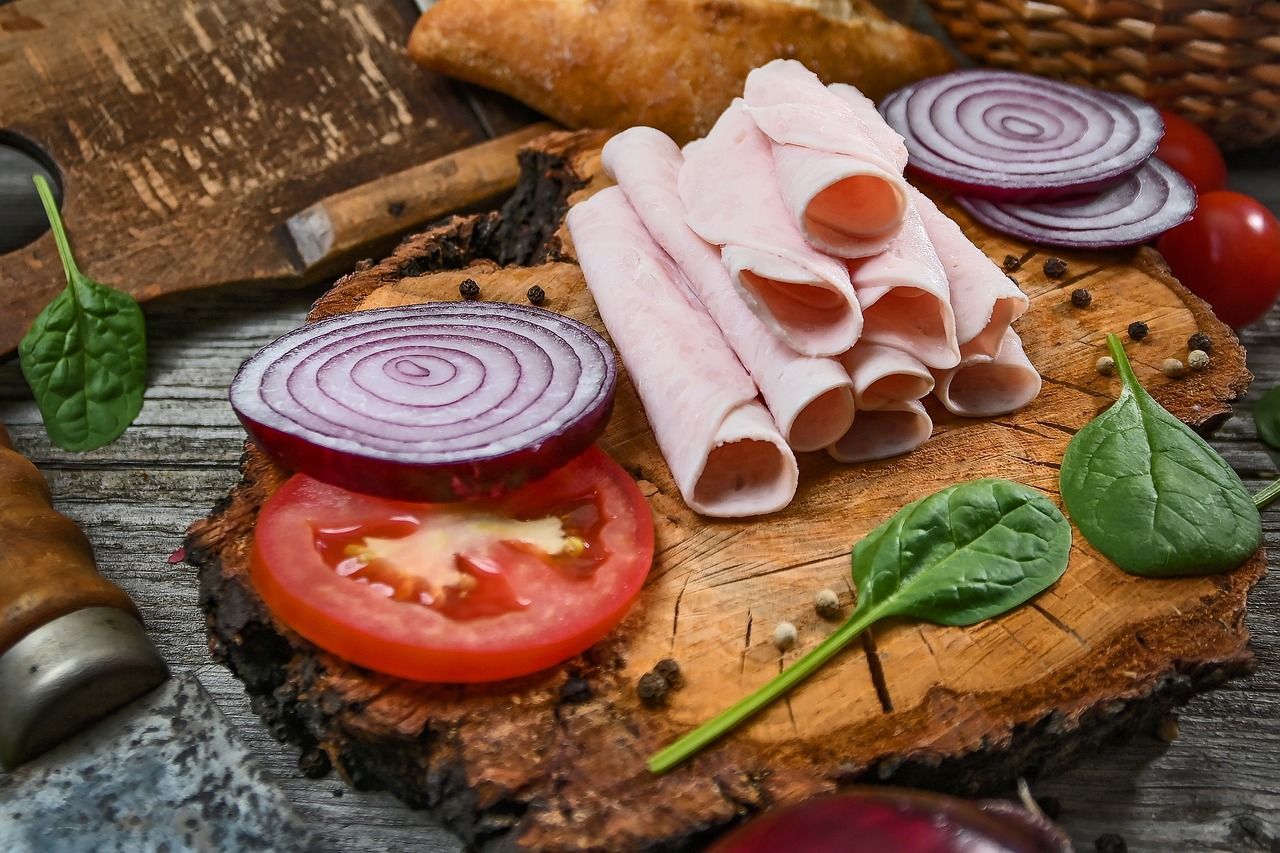
Factors To Consider Before Choosing a Board For Your Occasion
After deciding on which type of charcuterie board to use, you have to consider the following factors:
Size of the board
Think about how many visitors you'll serve and how many meals you'll serve. A larger board could be required for larger groups, whereas a smaller one may suffice for even more intimate occasions.
Shape of the board
Charcuterie boards come in a variety of shapes, including rectangular and oval. Choose a shape that can hold the meal you intend to serve.
Durability of the board
The board ought to be capable of withstanding repeated use and washing. In general, slate and wood boards are much more durable, whereas marble and glass boards may be more fragile.
Aesthetics of the board
The board must look good and enhance the dishes being served. Consider the occasion's general style and theme when selecting a board.
Functionality of the board
The board has to be both practical and functional. It should be simple to clean, use, and serve your guests. When choosing a board, keep usability and accessibility in mind.
Materials of the board
Charcuterie boards are available in various materials, including wood, glass, slate, and marble. Every material has advantages and disadvantages, so select the one that meets your requirements and preferences.
Budget of the board
When choosing a board, keep your budget in mind. While boards made from some materials are more expensive than others, you can find less expensive alternatives that can be functional and durable alternatives.
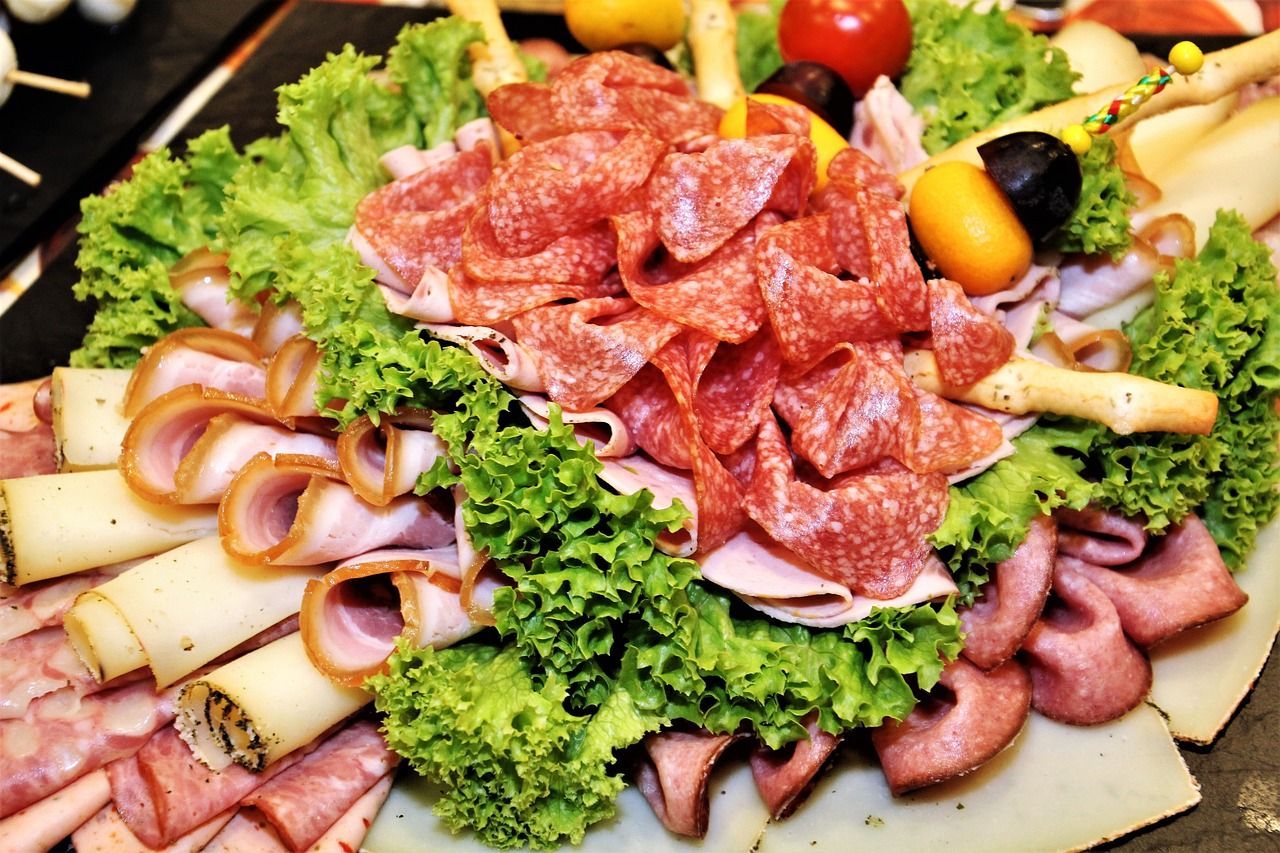
Elements of a good Charcuterie Board
Platter or Board
The platter acts as the base of the presentation of the different types of food on a charcuterie board. It provides a stable foundation for arranging the various ingredients visually attractively. The platter's size ought to be proportional to the number of visitors. It can be sufficiently big to accommodate all of the different meals without crowding or making the board stressful to assemble. Furthermore, the platter must be coherent with the serving tools and simple to use while serving. Finally, the tray can make a difference in the visual appeal of the board, so select one that perfectly matches the theme and style of the event.
Crackers and Bread
A charcuterie board is incomplete without crackers and bread, which offer a crunchy and neutral foundation for the cheese, meats, and other side dishes. To avoid crackers and bread from being wet on a charcuterie board, put them in a different dish or bowl instead of directly on the board. It would help if you also chose crackers in various forms, textures, and sizes, such as crispy and thin water crackers, flavorful herb-infused crackers and hearty wheat crackers. Providing a variety of crackers allows guests to explore various combinations of cheese and meat to create their ideal bite. Gluten-free and low-carb choices can also be included to cater to dietary restrictions.
Dishes
Dishes are essential to any charcuterie board for aesthetic and functional purposes. They enable the separating and organizing of food items like meats, fruits, nuts, and cheeses. It simplifies the process for guests to choose and serve themselves, and it also assists in maintaining each ingredient separate from others. Dishes can also add texture and visual interest to the board's presentation, resulting in a welcoming and tasty display. The whole presentation can sometimes be enhanced to a new level of elegance and sophistication by choosing dishes that combine the style and color of the board.
Meat
Meat is essential to a charcuterie board because it adds a rich, savory flavor that enhances the other foods. You can make a visually attractive and yummy charcuterie board by incorporating various sorts of meats and assembling them thoughtfully. When arranging meat on your charcuterie board, consider the flavors and textures of each type. For instance, thin slices of salami and prosciutto can be organized in a panicle pattern. In contrast, thicker cuts such as roast beef and ham can be positioned more casually and rustically. It's also significant to use a variety of meats, like spicy chorizo, tangy pastrami, and smoky bacon, to offer a variety of textures and flavors.
Cheese
Cheeses are an important component of a charcuterie board because they provide a variety of textures, colors, and flavors that can improve the whole experience. You can achieve this by selecting a diverse range of cheeses that compliment and contrast with the various components of your board. When choosing cheeses for the board, choose various intensities and styles to give guests a different selection. Creamy and Soft cheeses, such as camembert and brie, pair well with nuts and fruits, whereas sharp and hard cheeses, such as gouda or cheddar, are compatible with salty meats. It's also important to think about the flavors of the other foods on the menu, and any accompanying beverages, like beer or wine.
Produce
Freshness and Color are added to a charcuterie when incorporating fruits and vegetables. They also make a tasty complement to rich cheese and salty meats. Consider foods which can be eaten when cut into slices or whole when deciding what to include. Buy in-season fruit and vegetables for a perfect flavor and save money at the grocery store.
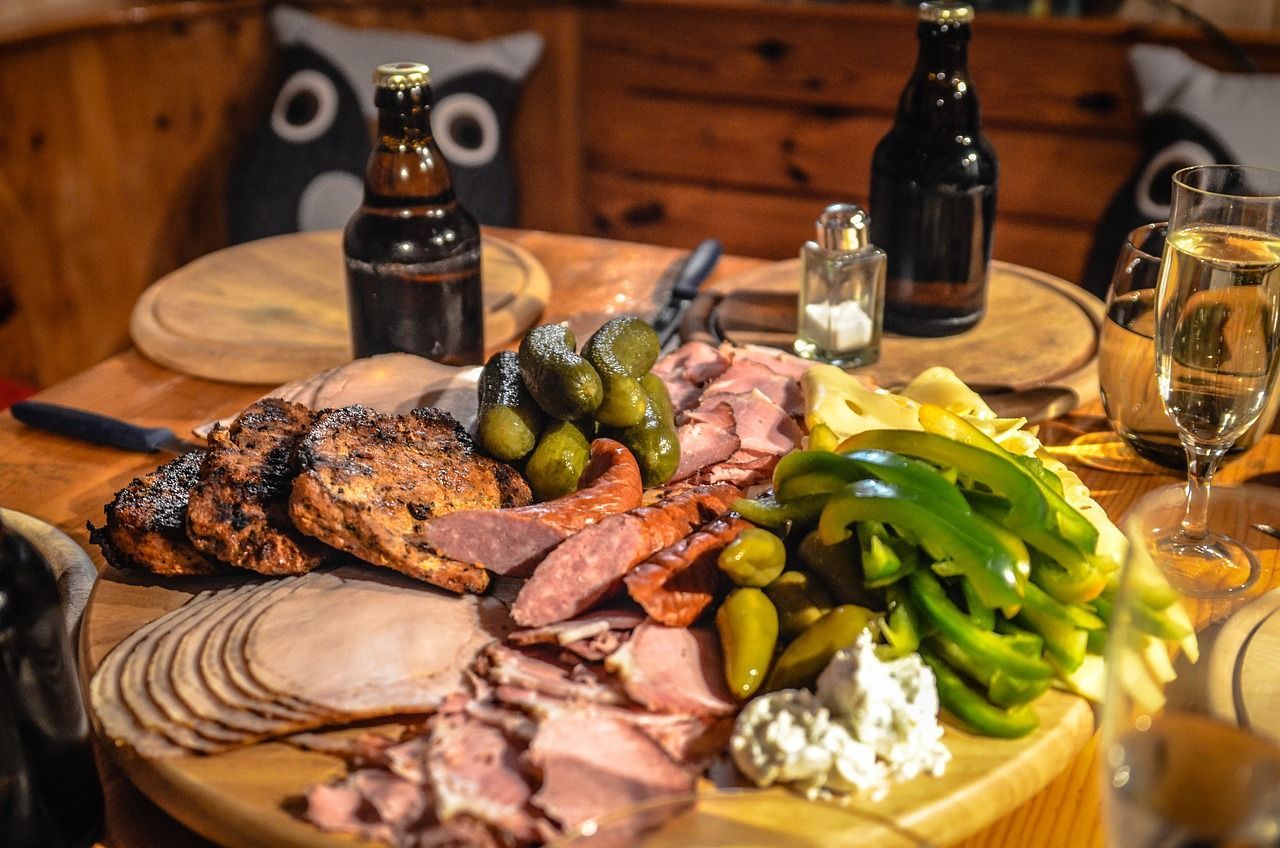
Board
I have explained simple steps to help you make a beautiful charcuterie board as a beginner.
Get a board or Platter
Simple steps in making a beautiful Charcuterie You must first pick out which kind of platter or board you want to use. Charcuterie boards may vary from small or large as desired. I've made them on everything from a cutting board for two individuals to a massive square board that could feed a big group. You don't have to spend money on a new board. Through a quick online search, you can get many options. A marble slab, a wooden chopping board, a serving tray, or a ceramic board can all be used. Any board that is a flat surface is an excellent choice.
Place the Cheese on the board
Choose three to four types of hard and soft cheeses, which should be served at room temperature. There are different types of cheese you can choose according to your preferences.
Tips on how to place the cheese on a board
- piled up and cubed to add dimension and height
- Cut some cheese into thin and square pieces. Spread them across the board.
- You can also cut some thin triangular slices. Please place them in a circular form on the board.
- Serve in big slices for visitors to cut themselves
Add different type of Meat
Meat is typically among the biggest components on the menu. Increase the variety by serving a minimum of three distinct kinds of meat. Popular options include:
- Cured meats examples are prosciutto and Salami.
- Cured sausages include pepperoni or Soppressata.
- If you're serving something guests could slice, e.g. sausage, start with a few slices.
Add Bread and Crackers
Incorporating crackers in a charcuterie board is a simple process that can improve the board's taste and presentation. Here are a few steps to take into consideration:
Select proper crackers: Select a diverse range of clackers with different flavors and textures, such as plain water crackers, crispy rice crackers, savory herb crackers, and breadsticks.
Placement: Organize the crackers on every side of the board's edges, and leave gaps between them to allow easy access. Small bowls can be used to hold crackers and placed on the board.
Considerations: Also provide gluten-free crackers when hosting gluten-free guests. Decide on the number of crackers and attendees, and refill as needed throughout the event.
Add Fruits and Vegetables
Adding fruits and vegetables is the last step in setting your board. Fill in any blanks on the charcuterie board with vegetables, fruits, and herb sprigs. You can spice your board with whole radishes, red grapes, sliced figs, and thyme. If fresh fruits are unavailable, substitute dried fruits such as plums, apricots, and cherries for something chewy and sweet. When your char board is completed, place some cheese knives on it so visitors can use them to serve.
Conclusion
A charcuterie board is a delicious and versatile means of feeding a crowd, amazing your guests, and demonstrating your culinary abilities. The board is an important component, providing a visually appealing and usable platform for showcasing a variety of meats, fruits, cheeses, and vegetables.
The flexibility of a charcuterie board is among its best features. It can be tailored to any dietary restriction or taste, from meat eaters to vegetarians. And by providing a wide range of choices, you'll be able to satisfy also the pickiest eaters.
When is a charcuterie board appropriate? When you need to feed a large group in a creative and enjoyable manner! It's ideal for various occasions, including birthday parties, backyard barbecues, and bridal showers. It's also a great topic for starters, and it can help ease the ice between unfamiliar guests.
It would be a good idea to try it during the next get-together to discover how much enjoyment you can indulge in your preferred meats, fruits, cheeses, and vegetables. Don't forget to include the wine - it's the ideal complement to any great charcuterie board!
